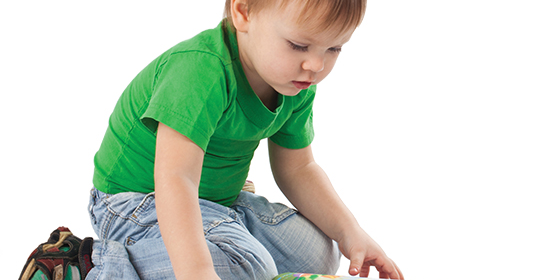Every child—with a learning disability or not—possesses their own unique learning style. Some can learn best with their eyes by seeing or reading, others with their ears by listening, and while others by doing. You can help a child with a learning disability by recognising his or her primary learning style.
Is your child a visual, an auditory, or a kinesthetic learner? Once you’ve learned your child’s learning style, then you can take steps to ensure that the learning style is promoted in their classroom and during home study. The following will help you identify what type of a learner your child is.
Is your child a visual learner?
If your child is a visual learner, he or she:
- Learns best by seeing or reading
- Excels when the material is presented and tested visually, rather as verbally
- Prefers written notes, directions, diagrams, charts, maps, and pictures
- May love to draw, read, and write; tends to be a good speller
Is your child an auditory learner?
If your child is an auditory learner, he or she:
- Learns best by listening
- Excels in lecture-based learning environments and on oral reports and tests
- Prefers classroom discussions, spoken directions, study groups
- May love music, languages, and performing on stage
Is your child a kinesthetic learner?
If your child is a kinesthetic learner, he or she:
- Learns best by doing and moving
- Excels when he or she can move, touch, explore, and create in order to learn
- Prefers hands-on activities, lab classes, props, skits, and field trips
- May love sports, drama, dance, martial arts, and arts and crafts
Learning For Different Types of Learners
For visual learners:
- Use books, videos, computers, visual aids, and flashcards.
- Make detailed, colour-coded or highlighted notes.
- Make outlines, diagrams, and lists.
- Use drawings and illustrations (preferably in colour).
- Take detailed notes in class.
For auditory learners:
- Read notes or study materials out loud.
- Use word associations and verbal repetition to memorize
- Study with other students and talk things through
- Listen to books on tape or other audio recordings
- Use a tape recorder to listen to lectures again later
For kinesthetic learners:
- Get hands on. Do experiments and take field trips
- Use activity-based study tools, like role-playing or model building
- Study in small groups and take frequent breaks
- Use memory games and flashcards
- Study with music on in the background
Communicate about your child’s learning disability.
Being more open about a child’s learning disability would allow your extended family and friends to understand the child better. Not being open or honest might result in people thinking that your child’s behaviour stems from something else. Once key people who take part in a child’s development are made aware of what’s going on, they can also provide support to your child’s progress and development.
Parents can include the whole family, especially the child’s brothers and sisters, in any special routines for the child with a learning disability. This can provide collaborative support within the family, and of course, it is best to also receive therapy services from a center for children’s learning development in Dubai.


